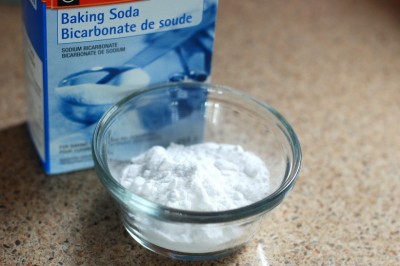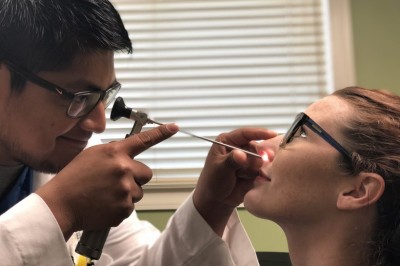How to Clean Marble Floors
Copyright 2006 The Janitorial Store
An area that causes some cleaning contractors to scratch their heads, is the best way to clean marble floors. Asking janitorial supply houses or stores that sell marble flooring will almost always lead to different answers on the best way to clean and take care of marble floors. Suggestions on cleaning vary from using an all-purpose cleaner to plain water to vinegar. But these are not the ingredients that you need to care for the marble floors in your buildings.
Begin with by realizing that marble is a natural stone so you need to treat it differently than other types of flooring. Stone floors are sensitive and you can ruin the surface if you use the wrong chemical to clean it. An acid based product may scratch and etch polished stone. The surface can actually be eaten away by an acid based cleaner with the result being a floor looking dull or pitted.
Using plain city water can cause a different set of problems. City water is usually treated with chemicals and may contain salt to soften the water. After drying, the water can leave behind residue from the chemicals and may leave a cloudy look across the floor.
The use of an all-purpose cleaner can lead to a dulling or scratched appearance if the cleaner has not been developed for use on stone floors.
So where do you begin? The type of cleaning you need to do will decide which process and chemicals you should be using.
The daily cleaner should be a mild product recommended for use on marble floors. The product should be able to remove residue from spills such as coffee and soft drinks, but will more than likely not be strong enough to remove stains or heavy soil build-up. The pH of a daily product should be neutral (pH7).
The heavy-duty cleaner will contain stronger solutions that can cut through heavy soil build-up and even some stains that have gone unnoticed for a time. A typical heavy-duty cleaner will have a higher pH, probably around 10 or 11. As these are strong solutions, they can affect the surface of marble and you should use them cautiously and only when necessary.
Stain removers are specialty cleaners and can do a great deal of harm to a marble floor if you dont take the proper care. Only use these stain removers if nothing else has worked.
Once you have decided on the chemical you need to use, begin by deep cleaning the floor. Deep cleaning will remove spills that daily maintenance has missed. Make sure to use a cleaner that has been designed for use on natural stone -- a heavy-duty cleaner with a pH of 9 or 10 will work best. Follow all label directions, especially when it comes to diluting the chemical - more isnt better.
Mop the cleaner on to the floor, and then gently agitate the cleaning solution. Avoid the use of abrasive pads as they can scratch and damage the floor. Let the cleaning solution soak for about 10 minutes. Then agitate the solution again and use a wet vac or mop to remove the solution. It may be necessary to rinse the floor. Once the process is complete examine the floor for any residual soil or stains.
At this point it may be necessary to try to identify any remaining stains and clean them with the suitable stain remover. Try to find out if the stain is from a water-based or oil-based product. If the stain has been there a long time or is difficult to identify it may be necessary to re-polish the floor with specialized equipment. If you have a good idea of what the stain is, try a stain remover in an inconspicuous area to make sure that it will not harm the floor.
Once youve cleaned the floor, keep it looking its best with a daily maintenance program. Use a neutral cleaner made specifically for marble floors. Follow the label directions carefully, especially when determining the dilution ratio.
After cleaning the floor, evaluate it for any potential problems. Check for areas with deep soiling or scratches and re-polish these areas to keep the floor looking its best. A regular program of routine maintenance and inspections can stop small problems before they grow into large headaches.
Another important step in keeping marble floors looking their best is through prevention. Use walk-off mats to protect and prevent scratches on the marble. Use mats that not only catch dirt and soil from shoes, but that will also absorb liquids. Make sure the mat used is long enough to do the job. During winter months or periods of bad weather, consider running mats from the front door to the elevators. Make sure to dust mop the floor to pick up any soil that is not picked up by the floor mats.
Keeping marble floors looking good means spending time evaluating the floor and finding the suitable products to care for the floor. The proper maintenance program for your marble floors will not only make the floor shine, but your company as well.
------
Steve Hanson is co-founding member of TheJanitorialStore.com, an online community for owners and managers of cleaning companies who want to build a more profitable and successful cleaning business. Sign up for Trash Talk: Tip of the Week at http://www.TheJanitorialStore.com and receive a Free Gift. Read cleaning success stories from owners of cleaning companies at http://www.cleaning-success.com/ .




























